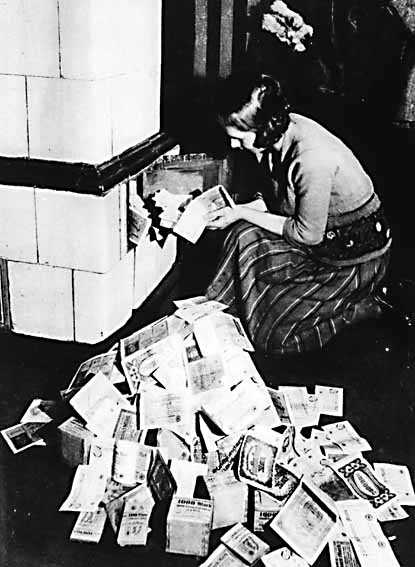Source 1: Adolf Hitler was a politician who was able to articulate the frustrations, hopes, and fears of many people in Germany. Today, many people remember him as a fiery public speaker (and he was- you'll see a video of one of his speeches in source 2). But he was also a captivating conversationalist to whom many people were drawn. Here is a picture of him speaking with a crowd of supporters in a local bar in Munich, Germany.
Source 2: Here is a speech to a large crowd. Make sure to listen and read the subtitles to hear the way he uses tone and volume to capture the crowd. Pay attention to the audience response.
Source 3: One young nationalist, born in 1908, had attended political meetings and found inspiration when he heard the Leader Adolf Hitler speak in person. He recalled, "After this, there was only one thing for me, either to win with Adolf Hitler or to die for him. The personality of the Leader had me totally in its spell. He who gets to know Adolf Hitler with a pure and true heart will love him with all his heart. He will love him not for the sake of materialism, but for Germany."154





